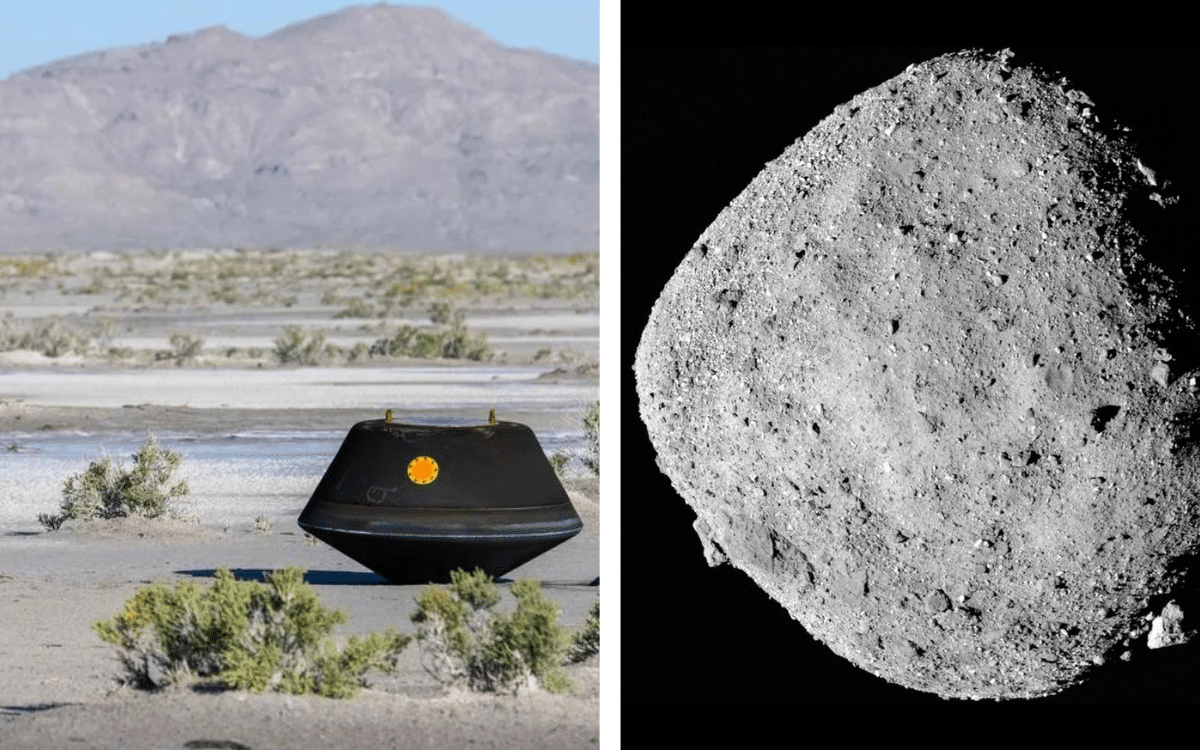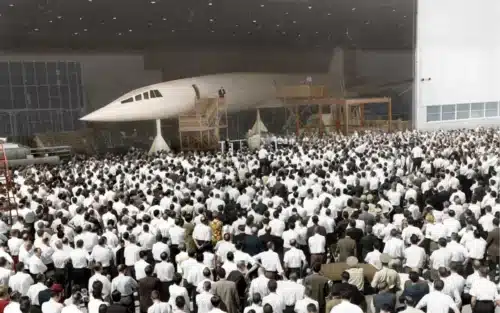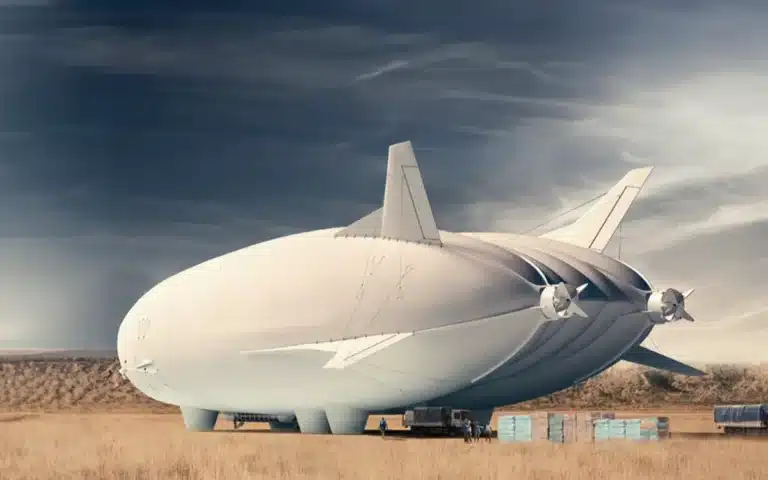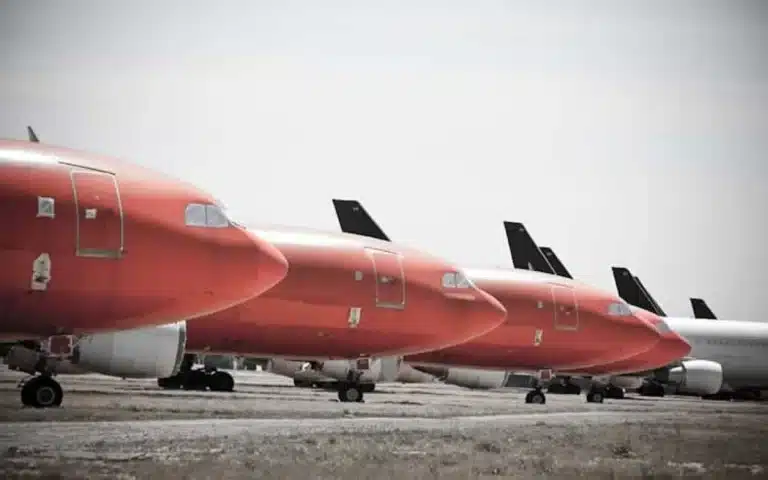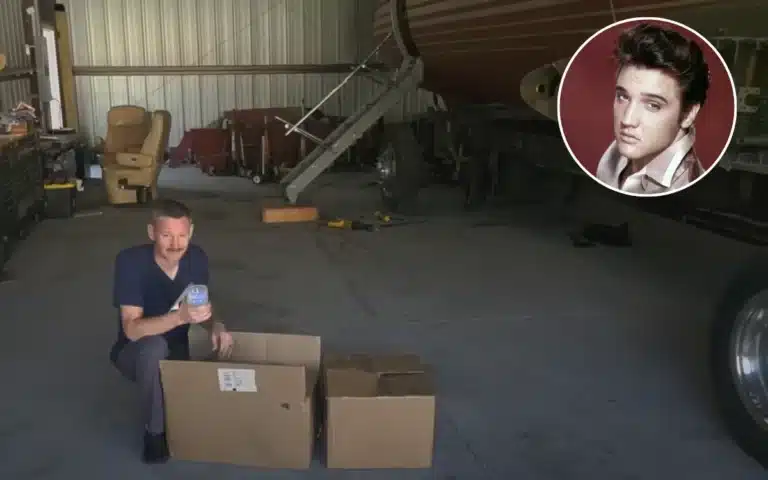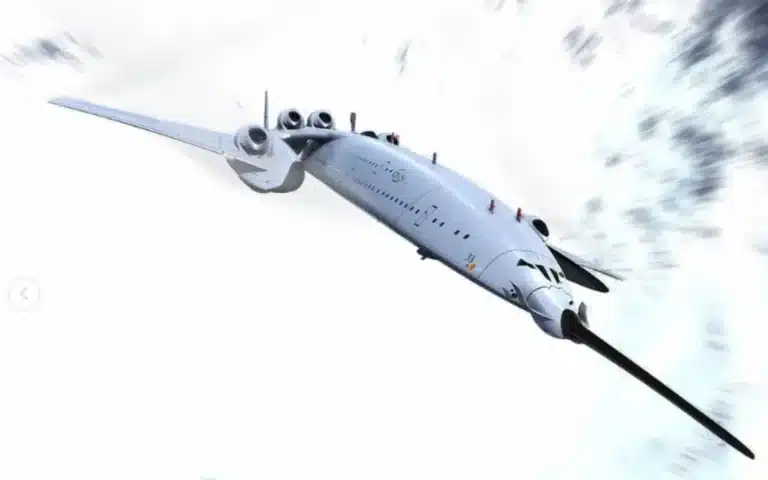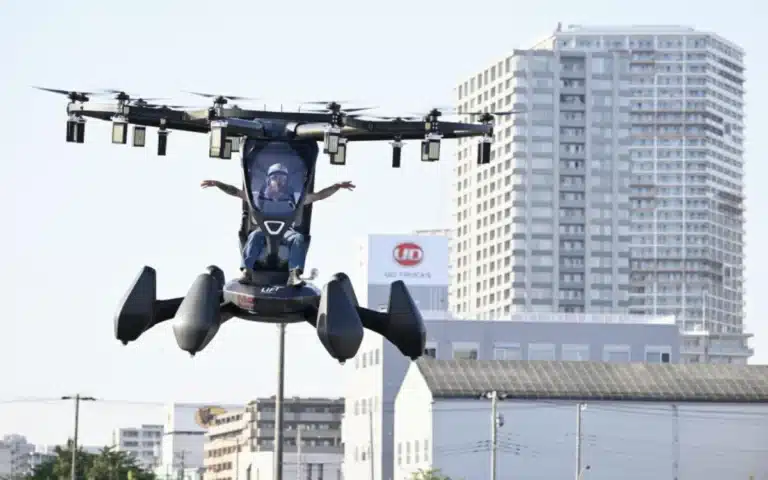After arriving safely back to Earth from 4 billion miles away, the NASA OSIRIS-REx capsule has touched down with samples of the Bennu asteroid.
“We’re all breathing a huge sigh of relief,” said Jim Garvin, chief scientist of NASA Goddard Space Flight Center.
He described its 4-billion-mile, seven-year journey as a “touchdown for science”.
READ MORE! Scientists explain bizarre ‘question mark’ in space spotted by Webb Space Telescope
The canister, which landed in the Utah desert on Sunday (24 September), contained 250g of rock debris from asteroid Bennu.
Collected 200 million miles away, these are the first samples the space agency’s returned from an asteroid in deep space.
The mission first launched in 2016 before arriving at Bennu in 2018, with samples being taken from the asteroid in 2020.
Toda la misión costó la friolera de 1.000 millones de dólares.
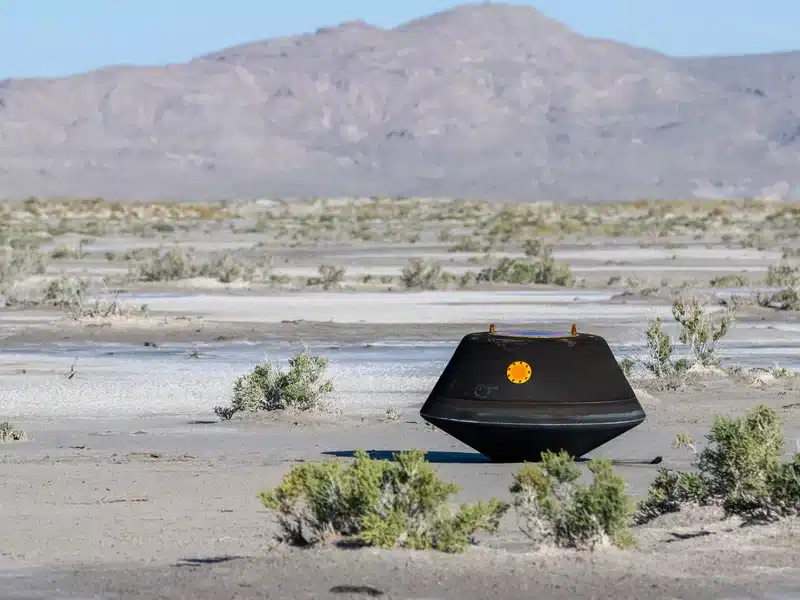
This weekend, the probe released samples from 63,000 miles above the Earth’s surface – four times higher than planned.
However, the canister appeared to have landed safely according to recovery teams.
Scientists are hopeful they can answer important questions about the beginnings of our solar system and life on Earth.
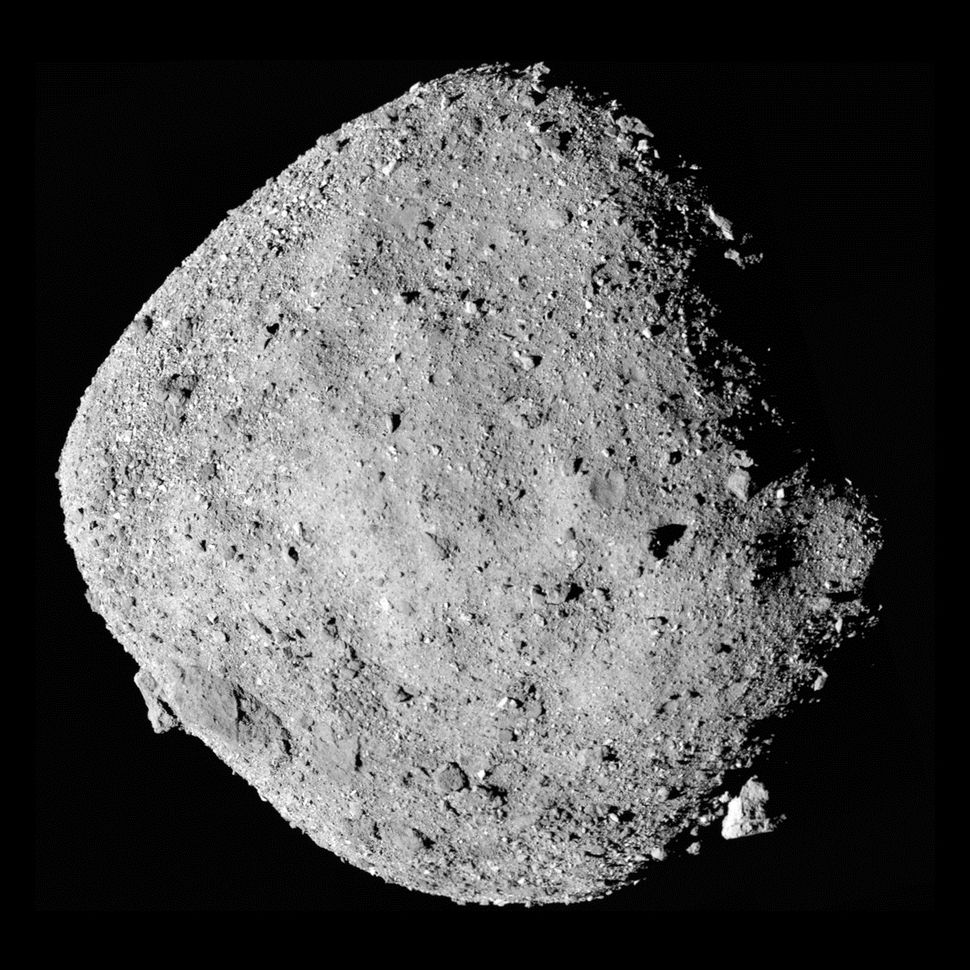
“For the first time in history, we brought goodies back home from this kind of object. This is so huge and we’re all breathing a big sigh of relief,” Garvin said.
The OSIRIS-REx capsule reached speeds of up to 27,000 mph as it plummeted back down to Earth.
Its heatshield experienced temperatures as high as 5,300 degrees Fahrenheit as it reentered Earth’s atmosphere.
The capsule’s descent to the ground took 10 minutes from reentry, and officials had to wait for it to cool down before they could approach it.
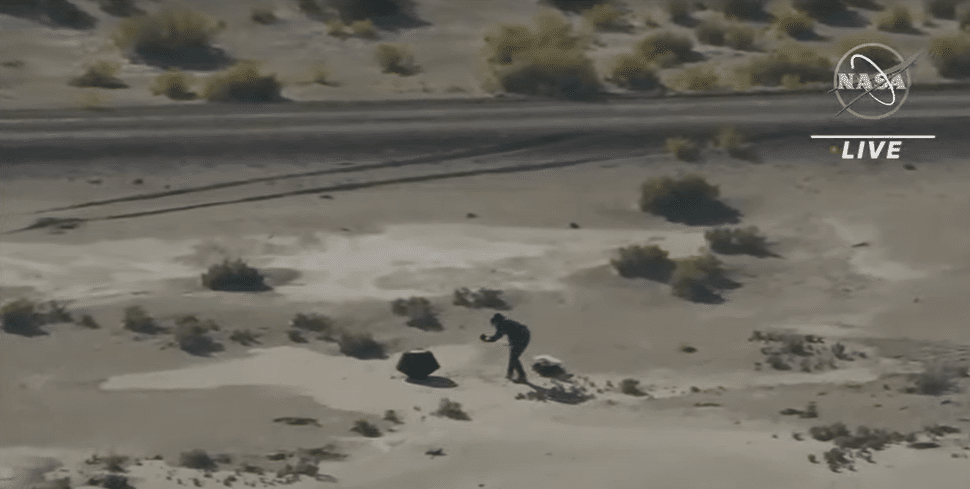
OSIRIS-REx was then airlifted by helicopter to a safe space to be opened.
It will then be transported to the newly-built NASA Johnson Space Center in Houston, Texas.
There, it will be divided up by the Astromaterials Research and Exploration Science division at NASA.
The space agency will keep 70 percent of the sample and plans to analyze it for many years.
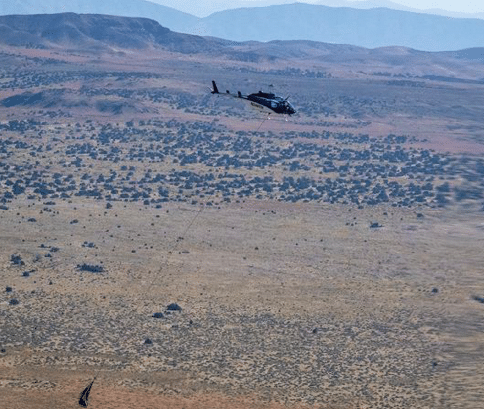
25 percent will be shared between 35 other facilities from around the world.
Watch this space (pun fully intended) for more on NASA’s findings from the collected asteroid samples.
